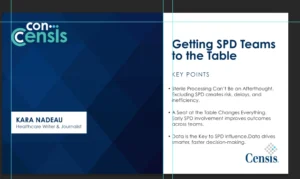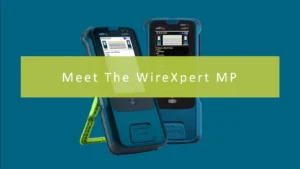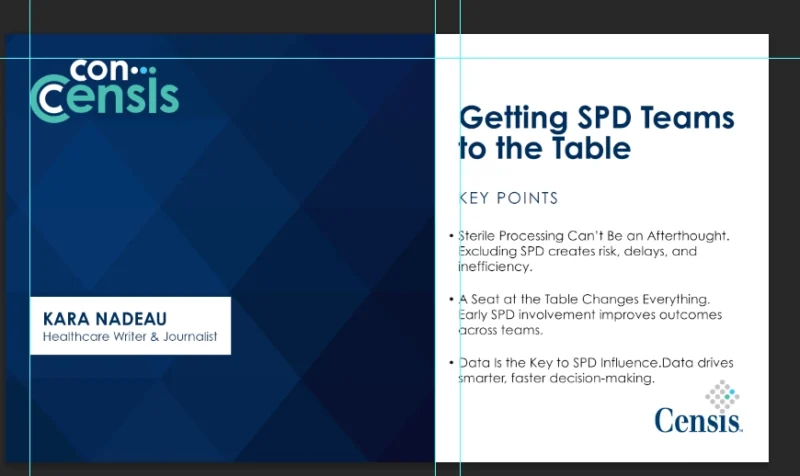Finger and Thumb Splints Can Help Treat Trigger Finger
Stenosing tenosynovitis, better known as “trigger finger,” is a condition where one or more fingers lock or catch when a person bends or straightens a finger. The digit typically flexes with a sudden snap, like a trigger being pulled and released. Trigger finger may be treated with rest, splints, NSAIDs, or steroid injections.
What is Trigger Finger?
Trigger finger can occur in any finger, but the ring finger and thumb are most commonly affected1. When the condition occurs in the thumb, it is usually called “trigger thumb.” Long cord-like flexor tendons attach the muscles of the forearm to the bones of the fingers. Normally, the flexor tendons glide smoothly through a tunnel in the palm known as the “tendon sheath,” allowing fingers to bend as muscles contract. The tendons are assisted by pulleys that hold them close to the finger bones. These pulleys may become inflamed and thicken, making it difficult for the tendon to glide smoothly. Over time, the flexor then develops a small nodule on its surface that catches or pops when it passes through the pulley. In severe cases, the finger may lock in place and become stuck in a bent position.
What Causes Trigger Finger?
Doctors have not pinpointed the root cause of trigger finger, but it is more common in women, as well as those with diabetes, gout, and rheumatoid arthritis, and it may appear after forceful use of the hand2. Occupations and hobbies that involve repeated and strong gripping may also lead to the condition. Finally, trigger finger may arise as a complication of carpal tunnel syndrome surgery, especially in the first six months after the procedure3.
Symptoms of Trigger Finger
In the early stages of trigger finger, a person may experience discomfort or sensitivity to pressure at the base of the finger or thumb, and may also feel a lump. As the condition progresses, the patient experiences finger stiffness, especially in the morning or when gripping an object, and may find themselves using the other hand to straighten the finger. It is common to experience a popping or clicking sensation as the finger or thumb is flexed. The digit will increasingly catch or lock in a bent position, and in extreme cases may prove unable to be straightened.
Treating Trigger Finger
The first step in treating mild cases of trigger finger is to rest the hand and avoid activities that make the condition worse. Gentle stretching exercises can also help decrease stiffness and improve range of motion in the finger. Over-the-counter medications, such as acetaminophen and nonsteroidal anti-inflammatory drugs (NSAIDs), can help relieve pain and inflammation. In more severe cases, a doctor may treat the condition with steroid injections to the tendon sheath at the base of the trigger finger. As a last resort, surgery may also be considered to prevent permanent stiffness4.
Wearing a splint for daytime support or while sleeping at night will help keep the affected finger or thumb in a straight position. This may provide relief and help reduce inflammation. AliMed offers a number of products to help treat trigger finger:
- Trigger Finger Solution(TFS): TFS helps reduce pressure and can be worn on any finger with complete freedom of movement. Frequent grasping or contact with a particular object can cause fat pad atrophy at base of finger. TFS helps reduce pressure in this area, allowing daily activities to resume while fat pad heals. Repetitive contact with padded sleeve also helps identify activity causing the problem, so an alternative method can be adopted. Can be worn on any finger with complete freedom of movement. Blended neoprene rubber and nylon fabric.
- Oval-8® Finger Splints: Oval-8 Finger Splints align and stabilize the PIP and DIP joints. Treat up to six different injuries with a simple turn of the splint. Ideal for tendon or ligament injuries, protecting healing fractures, controlling unstable joints, and preventing or managing finger contractures. One splint can treat swan-neck or boutonniere deformity, mallet finger injury, trigger ginger or lateral instability depending on application. Two splints can be combined to immobilize the joint completely. Splints use broad bands to distribute pressure for wearing comfort. Seamless molded plastic provides durability. Open design eliminates skin issues and discomfort.
To find out more about finger and thumb splints and braces available from AliMed, click here.









